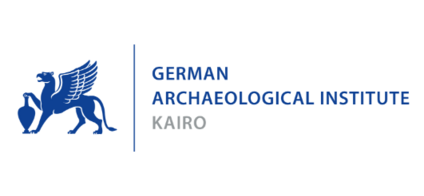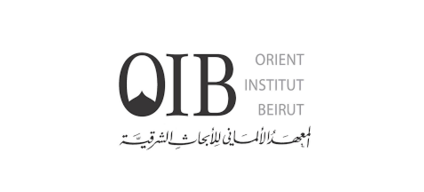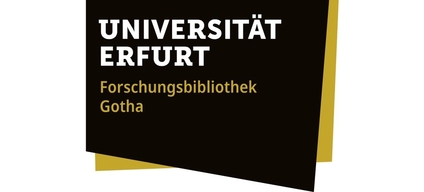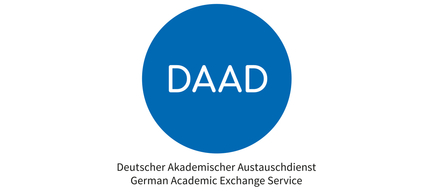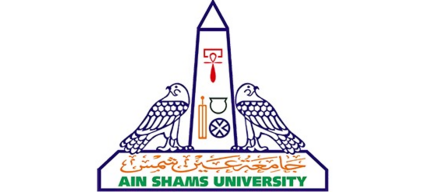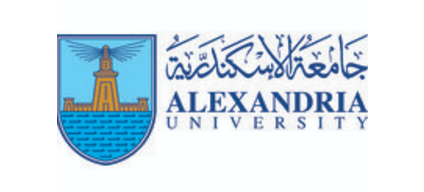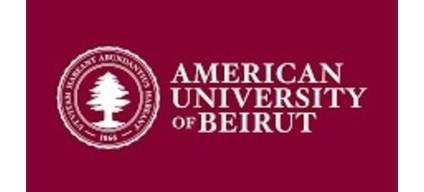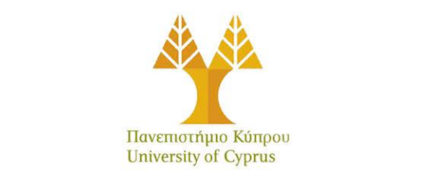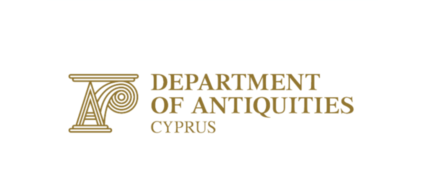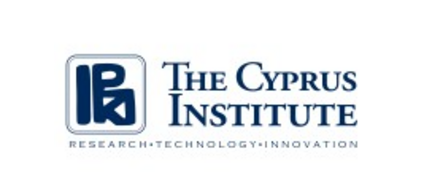Main Content
Report: Kick-Off in Cairo 09/2023
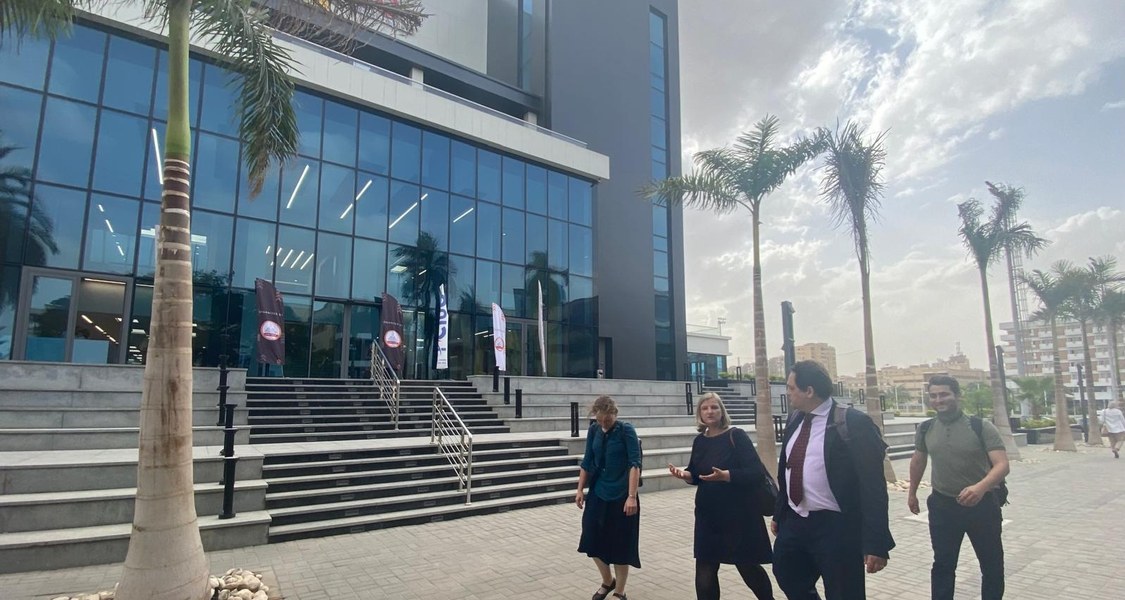
The kick-off event of our 3-year cooperation takes place on the premises of our long-standing partner, Ain Shams University. Days full of professional input and impressive historical sites await us.
Day 1 - Welcoming at Ain Shams University
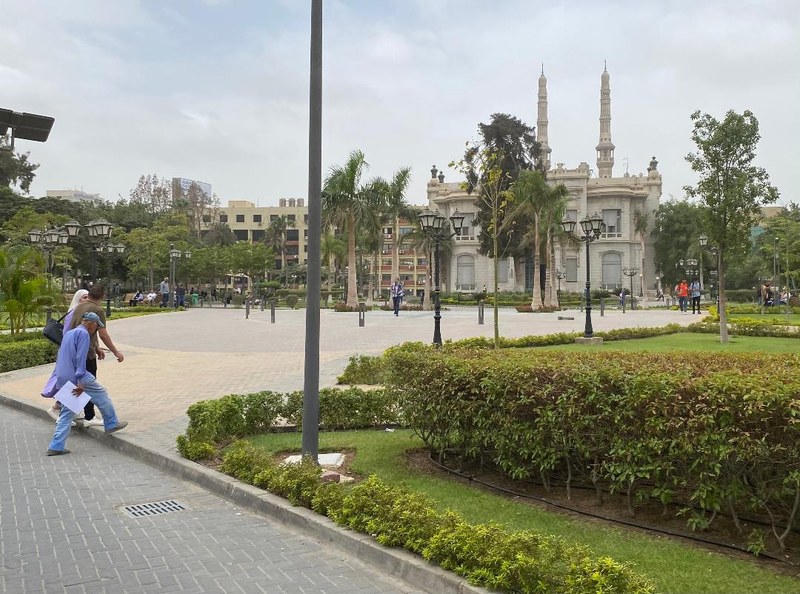
Campus
Imposing archways and a large green area with impressive palm trees and fountains: Ain Shams University (ASU) in Cairo welcomes us in all its splendor on the morning of the first day of the conference.

Museum, DLL and iHub
Prof. Dr. Mamdouh el-Damaty, eminent Egyptologist and former Minister of Antiquities, warmly welcomes us and invites us to a private tour of the university's own museum and the Digital Learning Lab (DLL).

Golf Cart Tour
Then we are driven in golf carts to the conference room in the iHUB. Our tour group receives a lot of attention from the students and staff on the university campus, while we can get an impression of the campus.

Conference Kick-Off
After all the participants from the Lebanese, Egyptian and German institutions have gathered, our kick-off meeting for the Ta'ziz Science Cooperations 2023-2025 begins. Prof. Dr. Albrecht Fuess, Head of Islamic Studies at the Center for Near and Middle Eastern Studies (CNMS) at the University of Marburg (UMR) and head of the research project "Material Culture in the Eastern Mediterranean: Between Excavation and Digitization", welcomes us with a speech in Standard Arabic.

Professional Insights
Afterwards, those responsible will present their institutions and share impressive results from ongoing research projects: Prof. Dr. Ahmed el-Shoky, who researches and teaches in the Department of Islamic Archaeology at ASU, presents a video about the challenging transport of tombstones accompanied by rousing music. Special care and expertise are required to ensure that the stones, which can weigh up to 1 ton, are ready for conservation undamaged. Prof. Dr. Mamdouh el-Damaty presents the new M.A. course “Digitization and Preservation of Epigraphic Heritage”, which was created as part of the previous EGYLandscape project in cooperation with the UMR and is currently being finalized for 2024/25. By linking the disciplines of Egyptology, Greek-Roman Archaeology and Islamic Archaeology in this degree program, the aim is to give (young) scientists new access to material culture. The Faculty of Tourism and Hotels at Alexandria University (AU), which is represented by a five-member female delegation, is also working towards a specific project goal: To integrate archaeology as a part of tourism in order to present the findings to visitors in an authentic way. This content will also be the focus of the new M.A. course in “Cultural Heritage”.

Contributions
Prof. Dr. Winfried Held, project PI and Managing Director of the Department of Archaeology at the UMR, reports on his work in Lebanon as part of the Berytus project and is amazed at the progress of the excavations: 50% of the historic city of Beirut has already been excavated. The news from Lebanon from the American University of Beirut (AUB) is less encouraging and more shocking. Prof. Dr. Claire Malleson, archaeobotanist and specialist in the excavation of animal bones and ceramics, shows in a moving video the damage caused by the explosion in Beirut in 2020: a large number of glass objects were destroyed, of the total of 74 in the inventory, only 2 remained undamaged and only 15 were recoverable. All remaining objects could not survive the explosion after 2000 years of history.
In addition to the academic environment, the libraries and archives involved will also be represented: Dr. Susanne Saker, research assistant and subject librarian for non-European languages at the university library, will show us the impressively large holdings of the Marburg library in her presentation: 3.2 million media units - including 120,000 printed copies from the Near and Middle Eastern Studies department - are spread over approx. 18,000sqm and represent a great asset to the project. Anja Piller, head of the digitization programme at the University of Erfurt's Specialized Information Service (FID), explains the value of the research material specializing in the MENA region and the 150,000 printed books available for the collaboration. Dr. Feras Krimsti, Curator of Oriental Manuscripts, and Dr. Hendrikje Carius, Head of the Usage and Digital Library Department, will provide an insight into the modern methods of digitization and cataloguing at the Gotha Research Library. The coffee breaks are diligently used for personal exchanges and getting to know each other.

Open Questions
The first conference ends with the development of a joint plan as to which working groups can be formed and which goals can be pursued. The focus is on creating new, interdisciplinary approaches to material culture, publishing an anthology and offering workshops and exchange programs for academics and students. To support these processes, three German partners (Gotha, Halle, UMR) are offering scholarships. Central questions that the project participants are addressing are whether research into cultural heritage should be carried out in a national or global hierarchy and how the research results can be passed on to the next generation. How to deal with challenges is also discussed, as, for example, only limited resources are available and each exchange requires several months of planning in advance.

Invitation at DAI
After an intense and successful first day in the chilled conference room, we enter a completely different reality: the dusty and heated streets of Cairo. With a freshly squeezed juice in hand - sugar cane, mango, guava and whatever else your heart desires - we squeeze into the crowded subway towards the hotel. After a short break to eat local sandwiches - filled with baba ghanoug, chips or ta'ameya (Egyptian falafel) - we continue on to the last location of the evening: the German Archaeological Institute (DAI). Located in the heart of Cairo, in the middle of Zamalek Island surrounded by the Nile, we are warmly welcomed by Director Prof. Dr. Dietrich Raue and Scientific Director Dr. Ralph Bodenstein. In the last lecture of the day, we learn about the DAI as a research center, its working methods and goals.
Day 2 - Excursion

The Citadel
In order to process the input from the first day of the conference and get an idea of the city, we went on an excursion through Fatimid Cairo on the second day, led by Prof. Fuess. Buying tickets at the citadel turned out to be extremely nerve-wracking, as no local currency (EGP) is accepted from non-Egyptians and some of us had already exchanged money - inflation was experienced at first hand at this point. Once inside the fortress, however, it is absolutely worth the effort: our tour group seeks shelter in the shade of the walls and the few trees to listen to Prof. Fuess' explanations and not be beaten by the heat. Particularly noteworthy in the history of the citadel is the construction of an aqueduct by the Ayyubids, who used wheels to transport water from the Nile to the much higher citadel, thus ensuring a sufficient supply. The citadel, built in 1172 AD as a defense against the Crusades, was mainly constructed with stones from Mokattam, a nearby stone plateau.

The Green Dome
Arriving at the Nasir Mohamed Mosque, we learn that the columns of the mosque with the striking green dome originally came from Rome and were brought to Egypt. Surprisingly, women are not required to wear headscarves here, as the mosque is considered a state museum despite the active Friday sermons.

Say "Cheeeeese..." :)
The highlight of the tour: the view from the balustrade of Cairo below, including the Islamic old town, and the pyramids of Giza on the horizon at the far end. Immediately in front of the citadel, a little lower down, we notice the next stop on our tour: two striking mosques that dominate the cityscape with their imposing height and almost symmetrical architectural style. The Sultan Hassan Mosque, located on the left-hand side, acquired an unusual function in the course of history in that - contrary to its actual purpose of teaching the four Sunni schools of law - it was used by opponents as military quarters against the citadel.

Mosque Visits
The al-Rifa'i Mosque, located on the right-hand side, is characterized by its political connection to Iran: despite his divorce, Mohammad Reza Pahlavi, the 2nd Shah of Persia, was taken in by Egypt and buried there in a sumptuously decorated room with green marble. The mosque was originally built around the tomb of al-Rifa'i.
The colorful tiles of the Aq Sunqur Mosque, which were imported from the Ottoman Empire in the 17th century and gave rise to the name “Blue Mosque”, are equally magnificent.

Old Cairo
After a brave walk through the heat and dust in the Darb el-Ahmar district, which is characterized by historical Islamic buildings, we reach the Shari'a al-Mu'izz.

We did it!
At the end of the street with tomb complexes of Sultan Qalawun, Sultan Barquq and a cistern, we end our impressive tour at Bab al-Futuh.
Day 3 - Conclusions

Projects
On the second and final day of the conference, projects from the Departments of Archaeobotany, Pharmacy, Archaeology and Islamic Studies will be presented. Prof. Dr. Tanja Pommerening - project PI, egyptologist and expert in the history of pharmacy and medicine - will illustrate how ancient medicine can meet artificial intelligence. Prof. el-Damaty will present new technologies such as VR, 3D modeling etc. in an academic context. A database is to be created with the support of digital methods in order to create a digital community. The ASU library offers almost 1900 objects and material from around 3000 BC, which are to be digitized as part of the project. A Winter School is also planned for 2024, which will include a papyrus workshop, excursions and paper dyeing, where participants can learn excavation and documentation techniques.

Chances and Challenges
Prof. Dr. Helène Sader, an expert in the field of archaeology at the AUB, is also committed to involving students in excavations and thus increasing activities between the universities. Prof. Dr. Heba Saad, Head of Islamic Archaeology at the AU, suggests researching Islamic festivals and customs. The Orient Institute Beirut (OIB), represented by Dr. Yasmin Amin and Dr. Ahmed Abdel-Salam, brings the branch of manuscripts written by women to the fore. Here, too, the challenge of how to combine the different methods of digitization of the specialist areas and institutions will be discussed.

Finalisation
As if made for us, the DAI invites us to a summer party in its own garden on our last evening. With fine local appetizers, European wine and international dance music, both Egyptian and German guests get their money's worth. Surrounded by palm trees and cats, we bring the trip to a festive close: After all, the successful start to a three-year collaboration between ten institutions from three countries is a good reason to celebrate.

